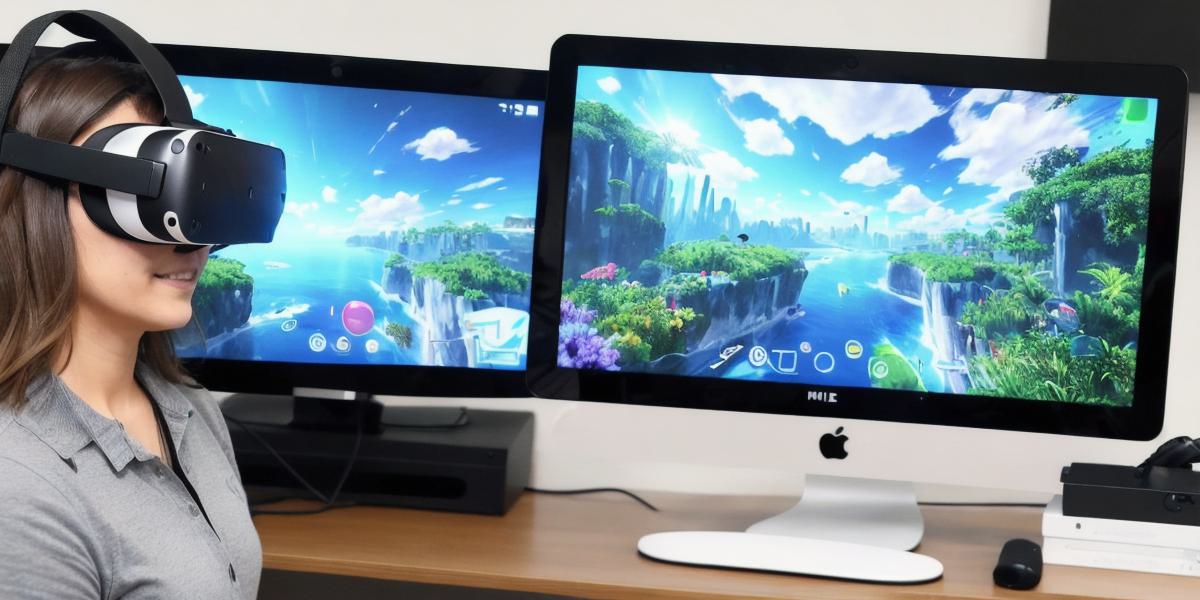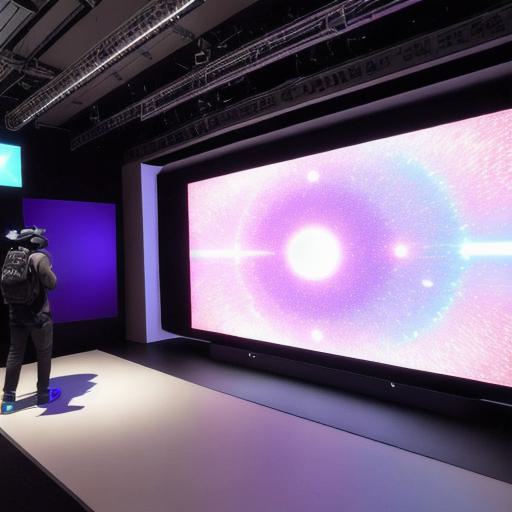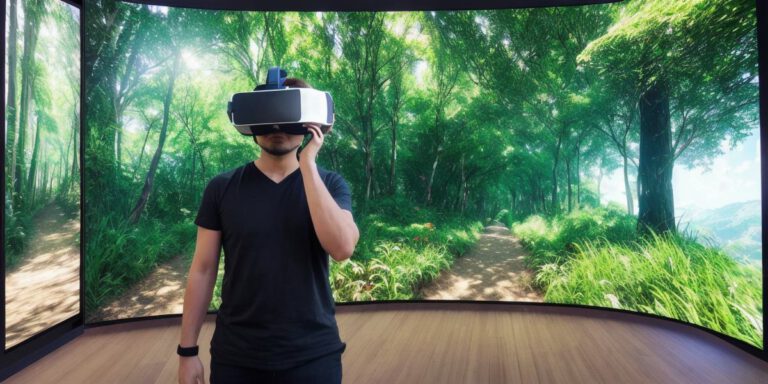The Power of Virtual Reality: How VR is Revolutionizing Business and Education

Virtual reality (VR) is a rapidly growing technology that allows users to immerse themselves in a digital world. In recent years, VR has gained popularity in various industries, including gaming, healthcare, and education. In this article, we will explore the features, advantages, and popular applications of virtual reality and how it is revolutionizing business and education.
Features of Virtual Reality
Virtual reality technology consists of a head-mounted display (HMD), sensors, and motion tracking systems that track the user’s movements in real-time. The HMD creates an immersive environment that simulates the user’s surroundings in 3D. Sensors and motion tracking systems allow the user to interact with the virtual world and move around freely.
Advantages of Virtual Reality
Virtual reality technology has several advantages over traditional methods of learning and working. Here are a few:
- Enhanced Learning: VR allows users to experience real-world scenarios in a safe environment, which can lead to better retention of information. For example, medical students can practice surgeries in a virtual operating room without risking patient safety.
- Increased Engagement: Virtual reality technology is highly engaging and can capture the user’s attention for extended periods. This engagement can lead to increased motivation and productivity.
- Cost-Effective: VR technology can be cost-effective in the long run, as it eliminates the need for expensive equipment or travel expenses.
- Improved Safety: VR allows users to experience dangerous scenarios in a controlled environment, which can reduce the risk of accidents and injuries.
Popular Applications of Virtual Reality
Virtual reality technology is being used in various industries, including gaming, healthcare, education, and more. Here are a few popular applications of virtual reality:
- Gaming: Virtual reality gaming has become increasingly popular in recent years, with many high-end gaming systems available on the market. VR games provide a fully immersive experience that can transport players to another world.
- Healthcare: Virtual reality technology is being used in healthcare to simulate surgeries, treat phobias, and even provide therapy for patients with PTSD.
- Education: Virtual reality technology is revolutionizing education by providing students with a more engaging and interactive learning experience. Students can explore historical events, practice science experiments, and even learn a new language through virtual reality simulations.
- Training: Virtual reality technology is being used in various industries for training purposes. For example, military personnel can practice combat scenarios in a virtual environment before deploying to real-world situations.
Expert Opinions
According to Dr. Vivek Sharma, CEO of the Virtual Reality Society of India, "Virtual reality technology is on the cusp of becoming mainstream, and its potential applications are limitless." He further adds that virtual reality can revolutionize the way we learn and work by providing a more engaging and immersive experience.
Another expert, Dr. Sarah Guido, Director of the Virtual Reality Lab at Stanford University, believes that virtual reality technology has the potential to transform industries such as healthcare, education, and training. She further adds that virtual reality can provide students with a more personalized learning experience by allowing them to learn at their own pace and in their preferred style.
FAQs
- What is virtual reality?
Virtual reality is a technology that allows users to immerse themselves in a digital world.
- What are the benefits of using virtual reality?
Virtual reality technology has several benefits, including enhanced learning, increased engagement, cost-effectiveness, and improved safety. - What industries use virtual reality technology?
Virtual reality technology is being used in various industries, including gaming, healthcare, education, and more. - How can virtual reality be used for training purposes?
Virtual reality technology is








